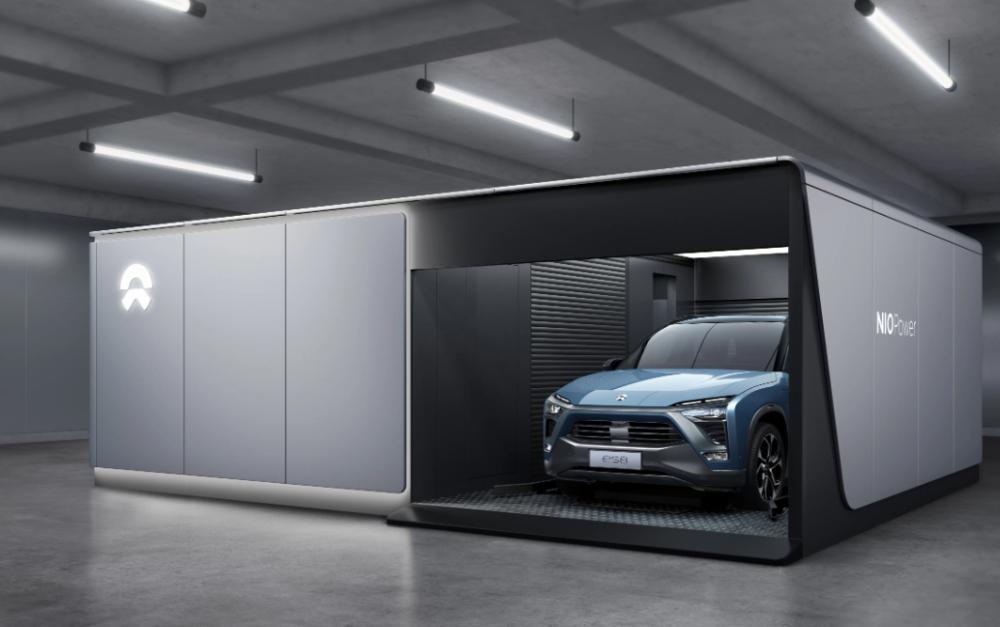Recently, according to foreign media reports, NIO is negotiating with domestic and international automakers on the licensing of its battery replacement system. NIO aims to build 1,000 substations in Europe and the United States by 2025.
In January this year, NIO opened its first substation in Norway, and plans to build 20 second-generation substations by the end of the year, covering norway's five major cities and major high-speed connecting roads.
So far, NIO has built 868 substations in China and claims that its customers have replaced batteries 7.6 million times.

Industry insiders speculate that one of NIO's potential customers may be Geely's Lotus Technology, which has invested in Lotus Technology through its venture capital department. At the same time, Geely also has its own plans to build 5,000 electric vehicle replacement plants around the world by 2025.
Changing electricity has always been a unique selling point of Weilai. Compared with the traditional charging mode, the power exchange mode has advantages in terms of car efficiency, energy replenishment time, and prolonging the service life of the battery, which can directly reduce the cost of car purchase for users.
But the cost of installing a battery swap website is also much higher. According to data, NIO's cost of building each battery replacement station in China is $772,000, including battery and site rental, while the cost per charging station is $309,000.
Therefore, sharing its substation with other automakers can increase the utilization of the substation, thereby increasing cost-effectiveness.
Previously, Tesla had said that electric vehicle power exchange is "full of problems and not suitable for promotion", and car companies such as General Motors, Renault, BMW and Volkswagen have also opposed the power exchange model, the fundamental reason is that the cost is too high, it is difficult to harvest returns in the short term, and the standard of power exchange technology is also a huge problem.
However, the negation of these car companies does not mean that the power exchange model cannot be promoted.
In China, as an important part of the new infrastructure in 2020, the substation was first written into the "Government Work Report", after the Ministry of Industry and Information Technology established a pilot in 2021, the power exchange model ushered in the spring, since this year, Geely, Ningde era, Xiaopeng have entered the game, and the power exchange market has ushered in large-scale development.
The industry generally believes that home pile charging, fast charging pile and power station replacement will be the three major ways to supplement the energy of electric vehicles in the future. According to THE RESEARCH REPORT OF CICC, it is expected that the number of substations in the mainland will reach 22,000-26,000 in 2025, and the market prospect is broad.
If the Chinese market can successfully promote the power exchange model on a large scale, this shift may affect the business models of Tesla, Volkswagen and General Motors.
This time, Weilai strengthens the output of power exchange technology, not only to seek higher market share, but also means that it will have a higher voice in the formulation of industry-wide power exchange technology standards in the future.